El Otro Lado – See the Other Side Through The Arizona Border Immersion
December 16, 2015
Having just recently returned, I would argue the Arizona Border Immersion is the most mind-boggling, heart-wrenching and view-changing immersion that La Salle offers. The intensity of issue, the several viewpoints that were put in front of me, and meeting many different passionate people who have dedicated their lives to some aspect of the immigration issue, all combined to make this an incredible powerful experience.
Here are a few of many things we saw or did:

We started off with a tour of a Border Patrol station in Tucson, AZ.
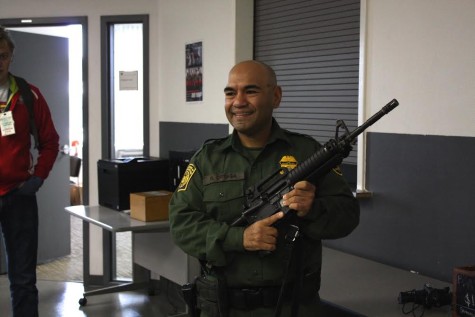
Border Patrol’s PR, Agent Ortega, was very convincing, and very friendly.
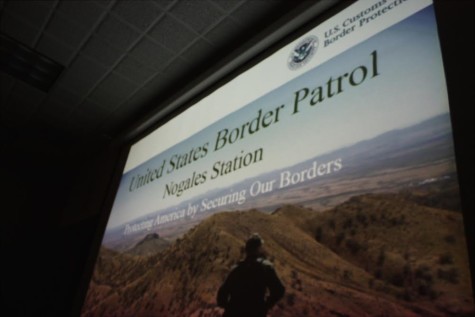
Agent Ortega gave us a very informative power point about what Border Patrol does, how they do it, and why they do it. They emphasized the fact that their main goal is safety for US citizens, and prevention of drug trafficking.
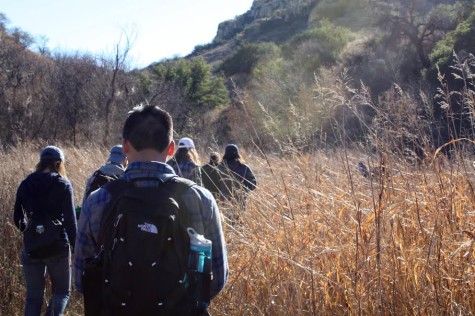
The next day, we woke up early to take a hike on a trail where migrants are known to cross.
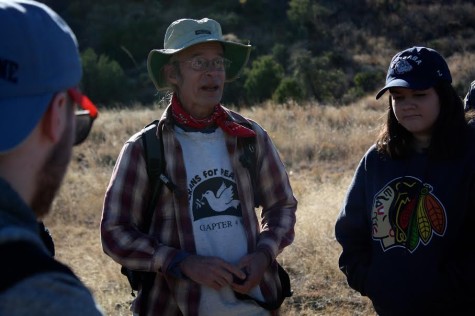
Our guide was John Hyde, who is a part of “No More Deaths” and several other safety-for-migrants type of organizations. He was my favorite person I met on the trip.
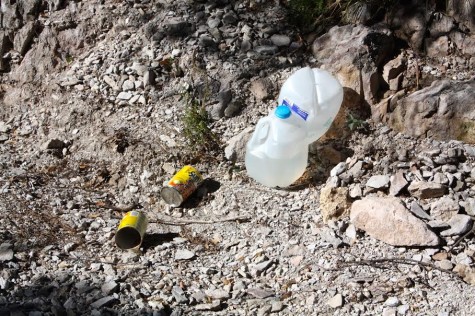
We left jugs of water and canned beans for migrants. This is evidence that previous offerings had been taken, but not used completely.
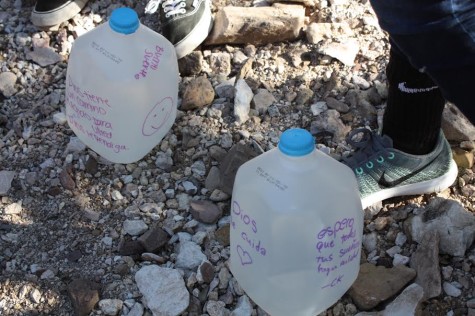
We left more.
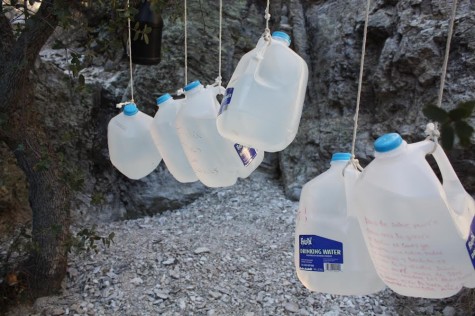
These jugs of water were left hanging in a tree so that flash-floods did not sweep them away. To the left of these jugs is a shrine that migrants have made and added to as a symbol of hope for their journey.
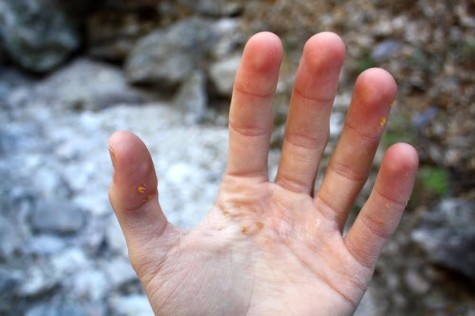
I accidentally grabbed a cactus, one of the many dangers that migrants face when crossing. However, unlike migrants, I had time to stop and pick out the needles.
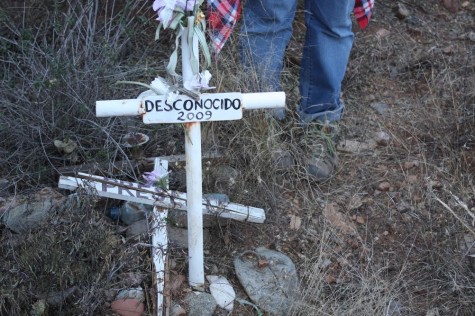
On our second hike that day, we hiked to three different crosses. Each cross was located in a place that people living in the area had found human bones from migrants in their backyard, bones that went unidentified even by experts.
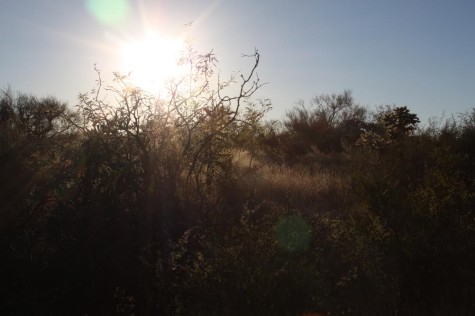
This hike, while beautiful, was extremely dangerous. If I tripped, or looked up at the view, I would be spending the next few minutes pulling the sharp cactus needles from my skin.
.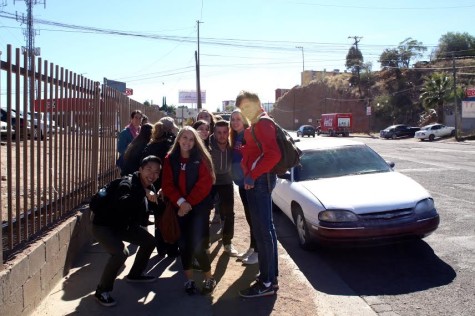
The third day, we crossed the border and entered Nogales, a once thriving city which is now taken over by the drug cartels ever since the border was placed in the middle of the city.
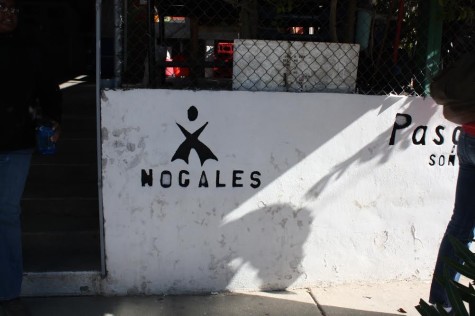
This is “El Comedor.” We served food and drinks to migrants who were recently deported and had no place to go. Not all of them were from Mexico, not all were trying to get into the US, and not all were men; there was even a four year old girl.
I talked to one 18 year old boy, Brayan, who was crossing to the US to reunite with his parents in Kansas City, who had immigrated to the US about six years ago for work, when it was much easier to cross. Now, Brayan is completely alone, with no family or friends in Nogales. He sleeps in a cemetery. One of the leaders of “El Comedor” is worried because at 18, Brayan is a prime target for the cartels. Most of the migrants agreed that they had been mistreated by Border Patrol officers.
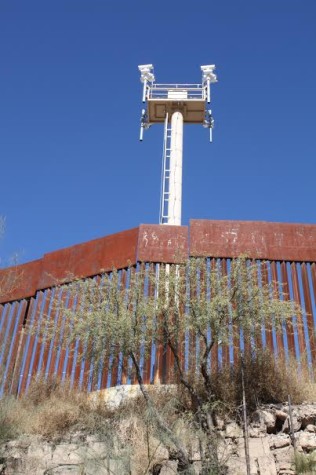
Security cameras are everywhere along the border. I took this on the Mexican side looking across to the US side.
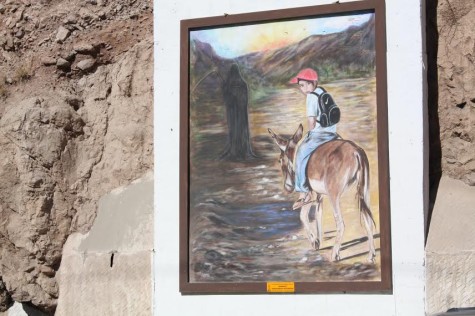
This is a piece of art sponsored by the Mexican government. The painting warns Mexicans from crossing the border, saying that it will result in death.
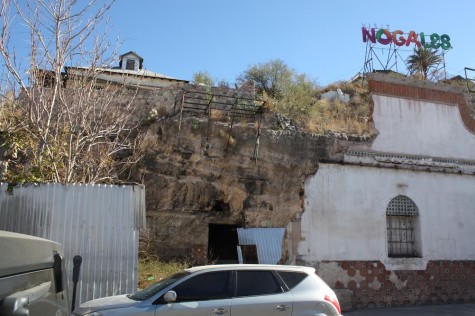
This was once a very popular restaurant.

The US and Mexican side of the border. After a second offense of crossing illegally, migrants enter a process called Streamline, where a judge tells them how many days they will be spending in jail. It’s a very flawed, demoralizing, and degrading process that we sat in on during the first day. It made everyone uncomfortable to watch fifty-seven migrants, some the same age as us, wearing chains on their wrists and on their ankles, be sent to jail for 30 to 180 days or more. Afterwards we talked to an attorney who once worked in Streamline, who was just as confused about the process as we were. Like most things on this experience, it’s definitely something you have to see for yourself.
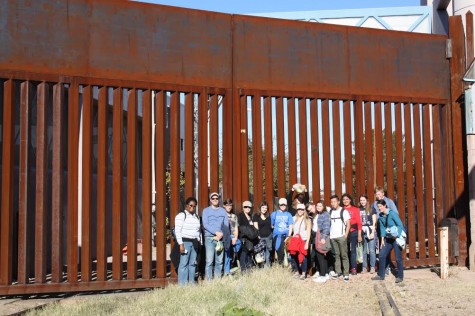
La Salle students against the border on train tracks. The border opens for trains which usually ship automobile parts to the US, or other things that the US makes in factories in Mexico or Central America.
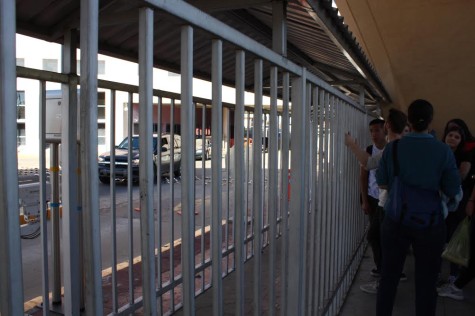
This is the cage that recently deported migrants walk through to enter Mexico. It exits in downtown Nogales, a popular area for drug cartels.
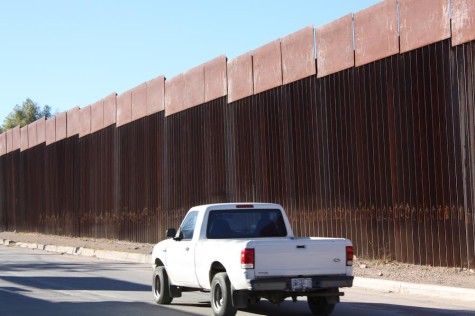
The border is also referred to as “the wall of embarrassment.” Every candle painted on the fence represents someone who died while crossing the desert.

Border Patrol insists that the border is a fence, not a wall. However, to me, it does not seem too far from a reality of Donald Trump’s infamous idea.
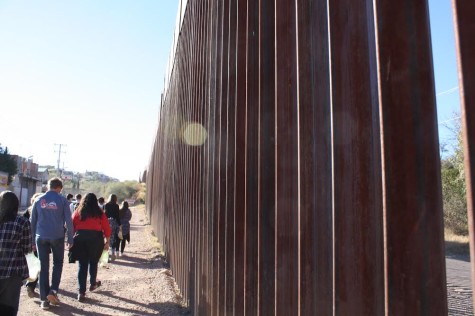
Putting up a huge wall in populated areas forces migrants to cross in the desert. It’s called “prevention through deterrence.” However it doesn’t seem to be working: over 150 migrants have died in the desert in the last year and hundreds cross everyday. Most people who cross are looking for work or want to be with their family. Why punish people who want to work?
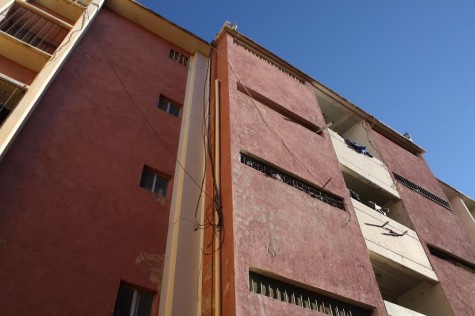
We finished at a women’s shelter where we heard the stories of four recently deported migrants. One woman was recently deported and will likely never again be able to see her two teenage daughters, who live in New York. Another 19 year old mortgaged her house in Guatemala to pay for two guides to take her to the US. Once she got to Nogales, the second guide told her “start walking,” and pointed to the border. She did not know what to do, so she came to the shelter where workers helped her deal with the fact that she mortgaged her house for nothing, leaving her mother and sister, who were living in the house, homeless. The things that these four women told us were things that I had never heard come out of a human being that I was face-to-face with.
Even though the immersion was a few weeks ago, the emotional processing of the trip is still going on inside the minds of all ten seniors and two staff members who participated in it. Everyone gets something different out of this trip, but for me, it was hearing the stories of immigrants crossing the desert that affected me the most. With every new experience on the immersion, my views on the issue were changed. I found that illegal immigration is a very complex issue, without a simple solution.
I strongly recommend that everyone goes on this immersion, and that La Salle offers two of these immersions a year, instead of just one, so that more people can learn and experience the truly life-changing things that myself, and nine other seniors did on this journey.

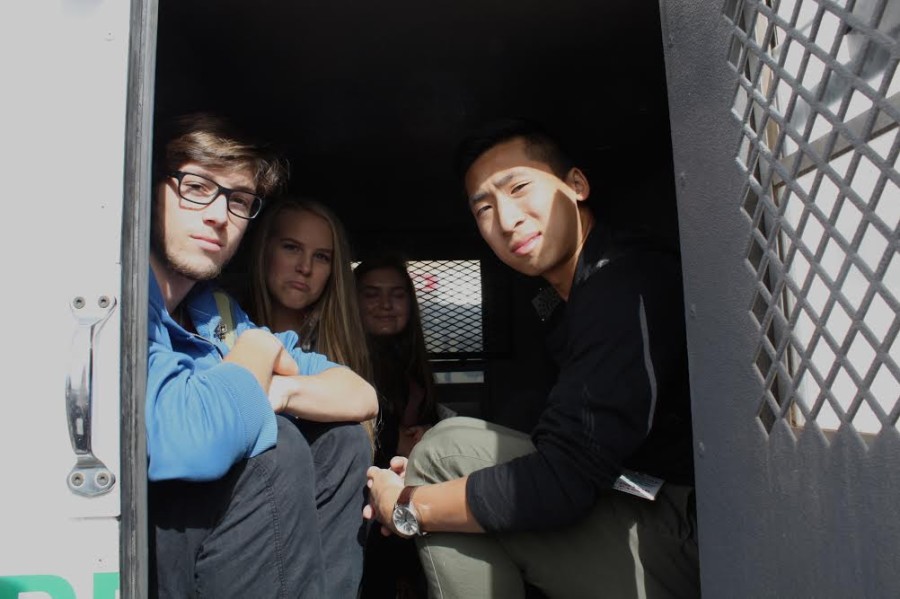
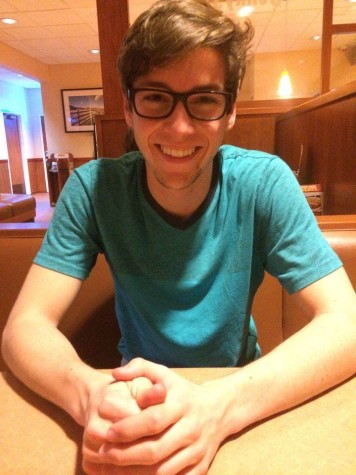



Christina George • Dec 16, 2015 at 11:36 pm
I also went on this immersion with Christian! everything he said is on point. it’s a truly amazing and life changing experience! I definitely recommend it to everyone!